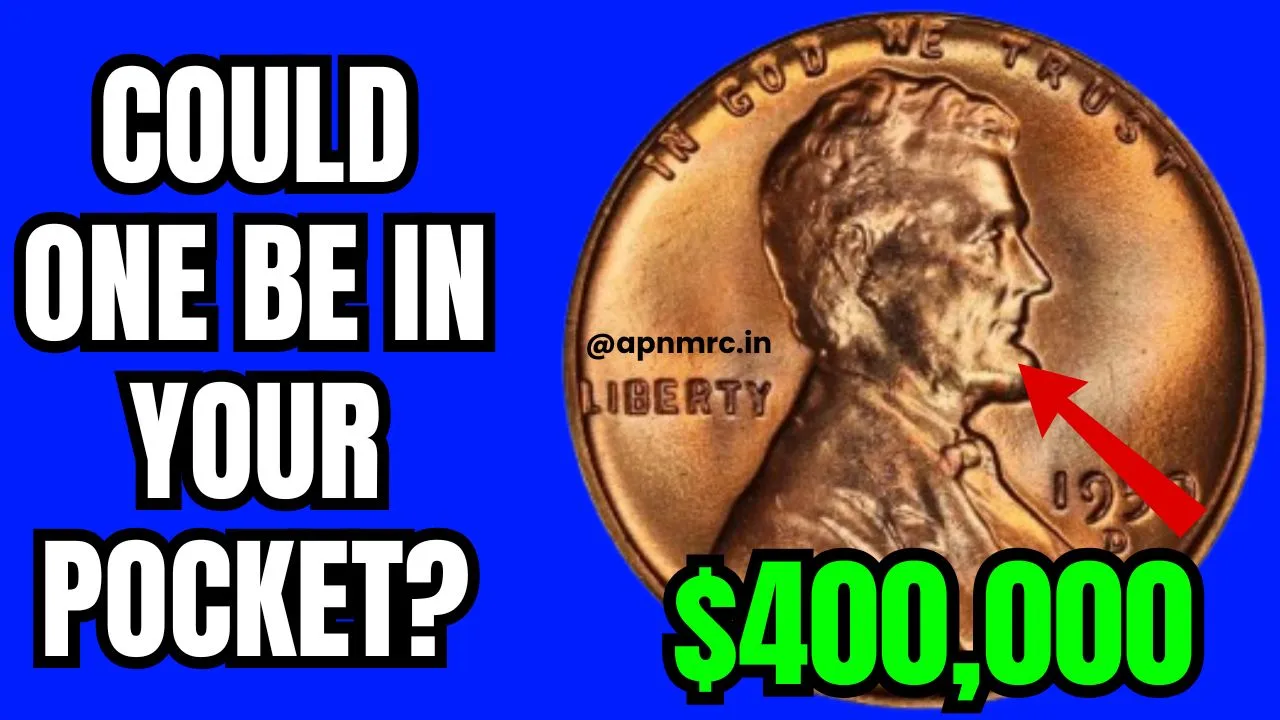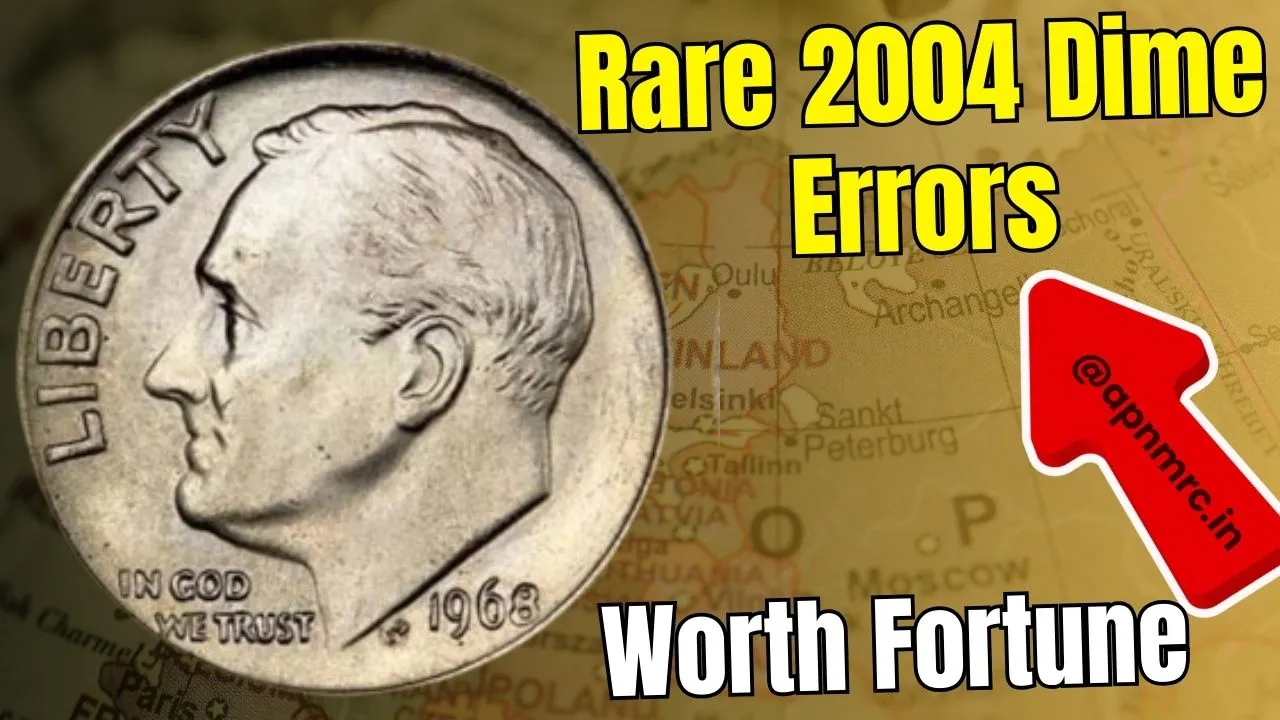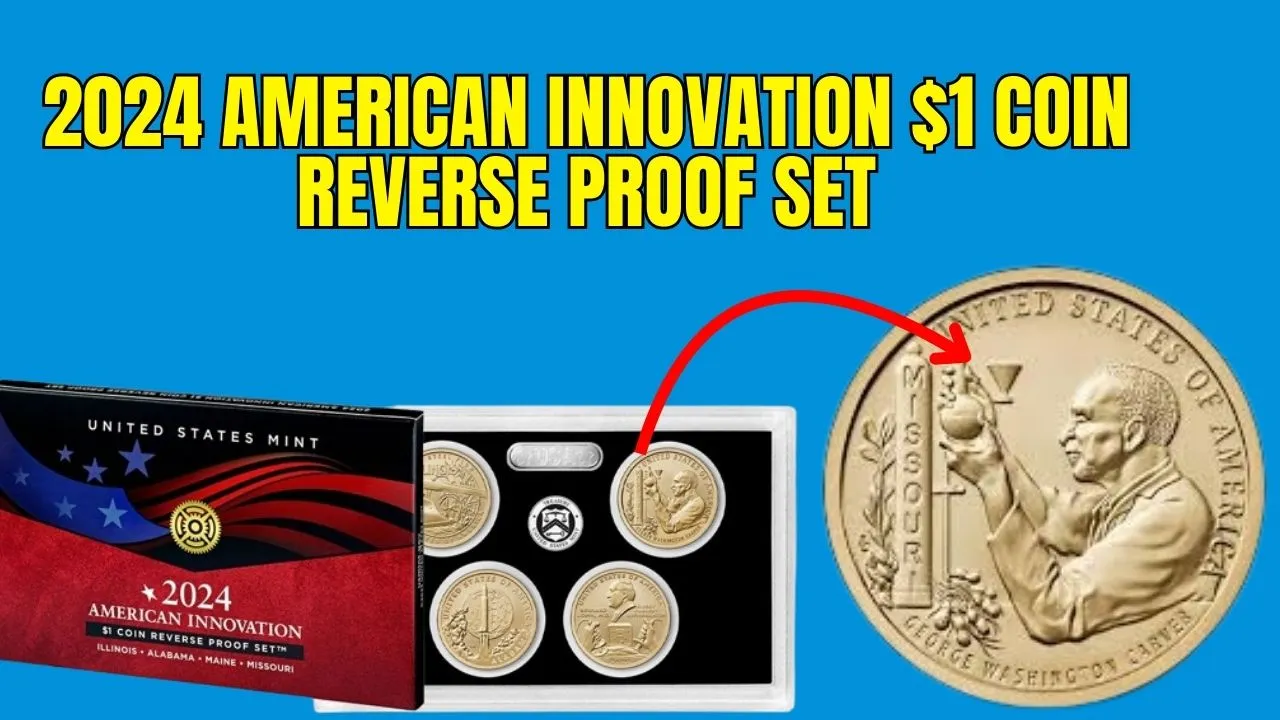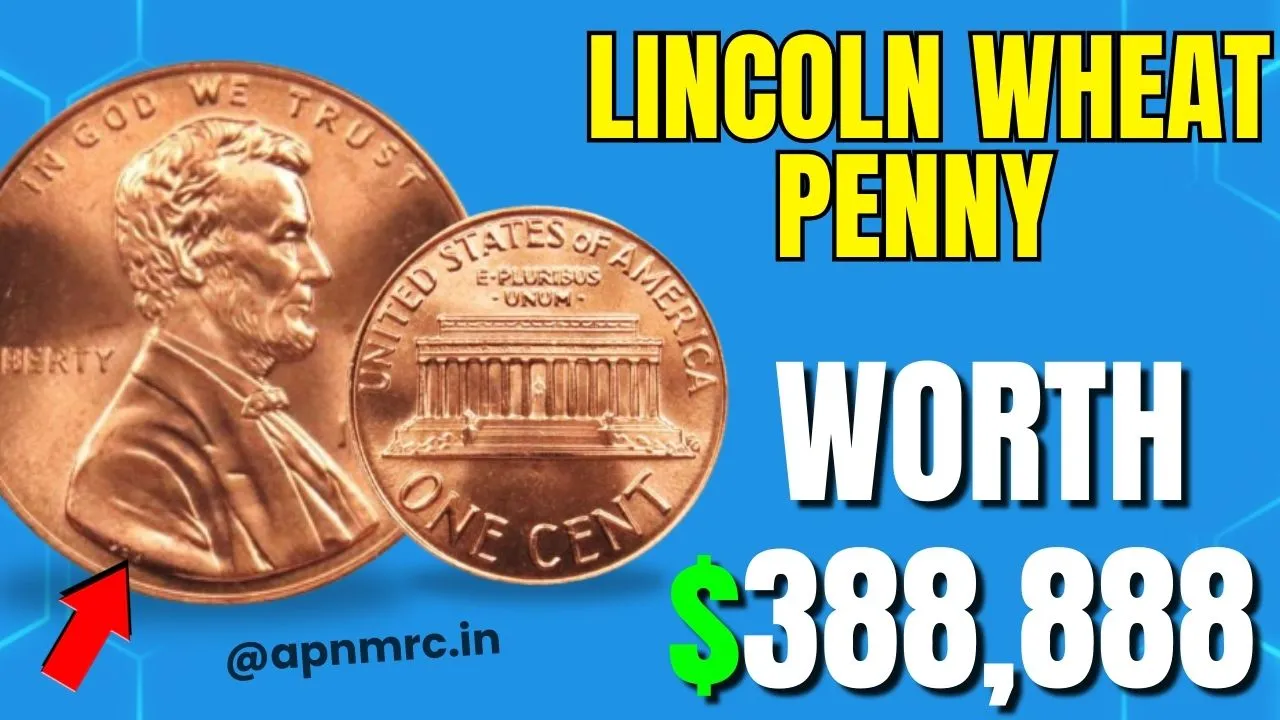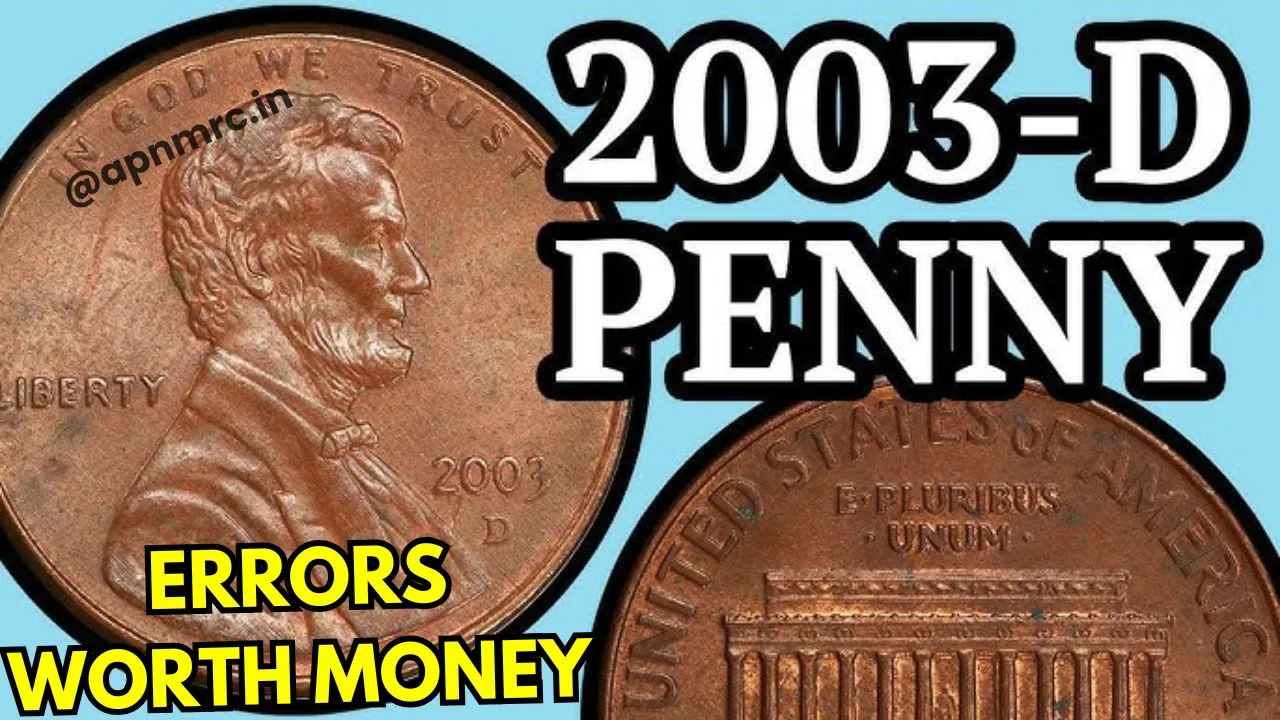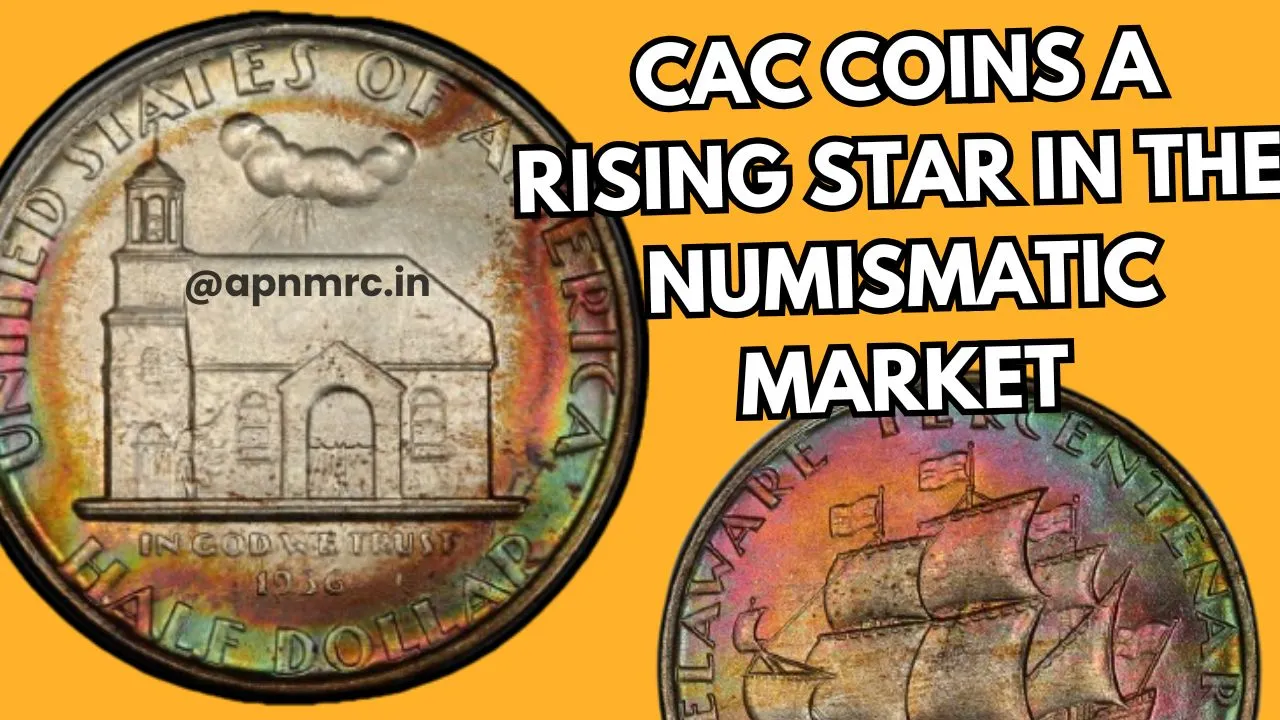7 Rare Dimes and a Bicentennial Quarter: The world of coin collecting is one of hidden treasures and remarkable stories, where even the smallest coins can fetch incredible prices. Among these valuable finds are seven rare dimes and a Bicentennial quarter that have captured the fascination of collectors worldwide. These coins, some worth over a million dollars, tell tales of history, rarity, and intriguing minting errors.
In this article, we’ll uncover what makes these coins so extraordinary, how they’ve gained legendary status, and why collectors are willing to pay jaw-dropping sums to own them. Let’s dive into the stories behind these sought-after treasures and what every collector needs to know.
Overview of Rare Coins
Below is a quick look at the most sought-after dimes and the iconic Bicentennial quarter, highlighting their features and record-breaking prices:
| Coin | Key Feature | Record Sale Price |
| 1894-S Barber Dime | Extremely low mintage, under 10 exist today | $1.5 Million |
| 1873-CC Liberty Seated Dime | Arrows signify a weight adjustment | $1.8 Million |
| 1829 Capped Bust Dime | Two varieties: small and large date | $150,000+ |
| 1916-D Mercury Dime | First-year issue, limited mintage | $200,000 |
| 1945-S Micro S Mercury Dime | Unique small mintmark variation | $50,000+ |
| 1969-S Doubled Die Obverse Roosevelt Dime | Doubling in key text elements | $35,000+ |
| 1975 No-S Proof Roosevelt Dime | Missing mintmark in a proof version | $456,000 |
| 1976 Bicentennial Quarter | Struck on rare silver planchet | $901,000 |
Why These Coins Are Worth Millions
Unmatched Rarity
The scarcity of these coins is a significant factor in their immense value. The 1894-S Barber Dime, for instance, had a mere 24 minted, with fewer than 10 surviving today. Similarly, the 1975 No-S Proof Roosevelt Dime is rare because of an accidental omission of the mintmark, making it a unique piece.
Historical Significance
Many of these coins capture important periods in American history. The 1873-CC Liberty Seated Dime, for example, symbolizes the transition to new weight standards in U.S. coinage, while the 1976 Bicentennial Quarter commemorates the nation’s 200th anniversary.
Minting Anomalies
Errors like missing mintmarks or doubled designs significantly enhance a coin’s desirability. For example, the 1969-S Doubled Die Obverse Dime showcases a striking error where text elements appear doubled, making it a prized collectible.
Demand Among Collectors
Rare coins with intriguing backstories create fierce competition among collectors, driving their prices to incredible heights. Each coin is not only a piece of currency but also a slice of history that appeals to numismatics enthusiasts.
The Fascinating Stories Behind the 7 Rare Dimes
1. 1894-S Barber Dime
Often called the Holy Grail of dimes, the 1894-S Barber Dime is one of the rarest U.S. coins. Only 24 were minted, and the circumstances surrounding their creation remain a mystery. These dimes were likely struck as gifts for prominent individuals or for special testing purposes.
- Why It’s Unique: Fewer than 10 examples exist today.
- Record Sale: Sold for $1.5 million in 2016.
2. 1873-CC Liberty Seated Dime with Arrows
This Carson City Mint coin is famed for its arrows near the date, which indicate a weight adjustment. The 1873-CC Liberty Seated Dime has become a symbol of a pivotal moment in U.S. coin history.
- Why It’s Unique: The arrows highlight a historical weight regulation change.
- Record Sale: Fetched $1.8 million at auction.
3. 1829 Capped Bust Dime
As a beautiful example of early American coinage, the 1829 Capped Bust Dime is sought after by collectors. Two varieties, small date and large date, add to its allure.
- Why It’s Unique: It features intricate craftsmanship and multiple varieties.
- Record Sale: Top specimens can command prices over $150,000.
4. 1916-D Mercury Dime
Marking the debut of the Mercury design, the 1916-D Mercury Dime is a collector favorite due to its limited mintage at the Denver Mint.
- Why It’s Unique: The first year of the Mercury dime with a striking design.
- Record Sale: High-grade examples sell for up to $200,000.
5. 1945-S Micro S Mercury Dime
This coin’s distinctive feature is a tiny “S” mintmark, the result of a die variation. The 1945-S Micro S Mercury Dime is a must-have for collectors who appreciate minting quirks.
- Why It’s Unique: Its small mintmark sets it apart.
- Record Sale: In excellent condition, it sells for over $50,000.
6. 1969-S Doubled Die Obverse Roosevelt Dime
This dime is a textbook example of a minting error, with clear doubling visible in words like “LIBERTY” and “IN GOD WE TRUST.”
- Why It’s Unique: Its dramatic doubling error makes it highly collectible.
- Record Sale: Over $35,000 for well-preserved examples.
7. 1975 No-S Proof Roosevelt Dime
One of the rarest modern coins, this proof dime lacks the San Francisco mintmark, an oversight that created immense value.
- Why It’s Unique: The missing mintmark makes it a rarity.
- Record Sale: Achieved $456,000 at auction.
The Legendary 1976 Bicentennial Quarter
Commemorating the 200th anniversary of America’s independence, the 1976 Bicentennial Quarter stands out for its design and an extraordinary minting error. While most quarters were struck in a copper-nickel composition, a small number were mistakenly minted on silver planchets.
- Why It’s Unique: Its silver planchet error makes it a numismatic marvel.
- Record Sale: Sold for $901,000, securing its place as one of the most valuable U.S. coins.
Tips for Identifying Rare Coins
- Examine Mintmarks: Pay attention to anomalies like missing or incorrectly placed mintmarks.
- Spot Errors: Look for doubled elements, off-center strikes, or unusual materials.
- Use Professional Grading: Submit your coin to services like PCGS or NGC to confirm its authenticity and grade.
- Research Key Dates: Familiarize yourself with critical years, such as 1976 or 1894, to spot potentially valuable coins.
FAQs
1. What makes the Bicentennial Quarter so valuable?
It was mistakenly struck on a silver planchet, making it a highly rare and desirable error coin.
2. How can I tell if my dime is rare?
Check for unique features such as minting errors, low mintage, or missing mintmarks.
3. Are minting errors common?
No, minting errors are rare and often occur accidentally, which is why they add significant value to coins.
4. Should I get my coins graded?
Yes, professional grading can authenticate your coins and increase their value by verifying their condition.
5. Can I find rare coins in circulation?
It’s possible! Always inspect your change carefully—you never know what you might find.
Final Thoughts
These seven rare dimes and the Bicentennial quarter demonstrate how small pieces of history can hold monumental value. From unique minting errors to incredibly low mintage, these coins are treasures that any collector would cherish. Start exploring your collection today—your next big discovery might be closer than you think!
We’d love to hear your coin-hunting stories! Share them in the comments below, and don’t forget to explore more numismatic insights with us. Happy collecting!

